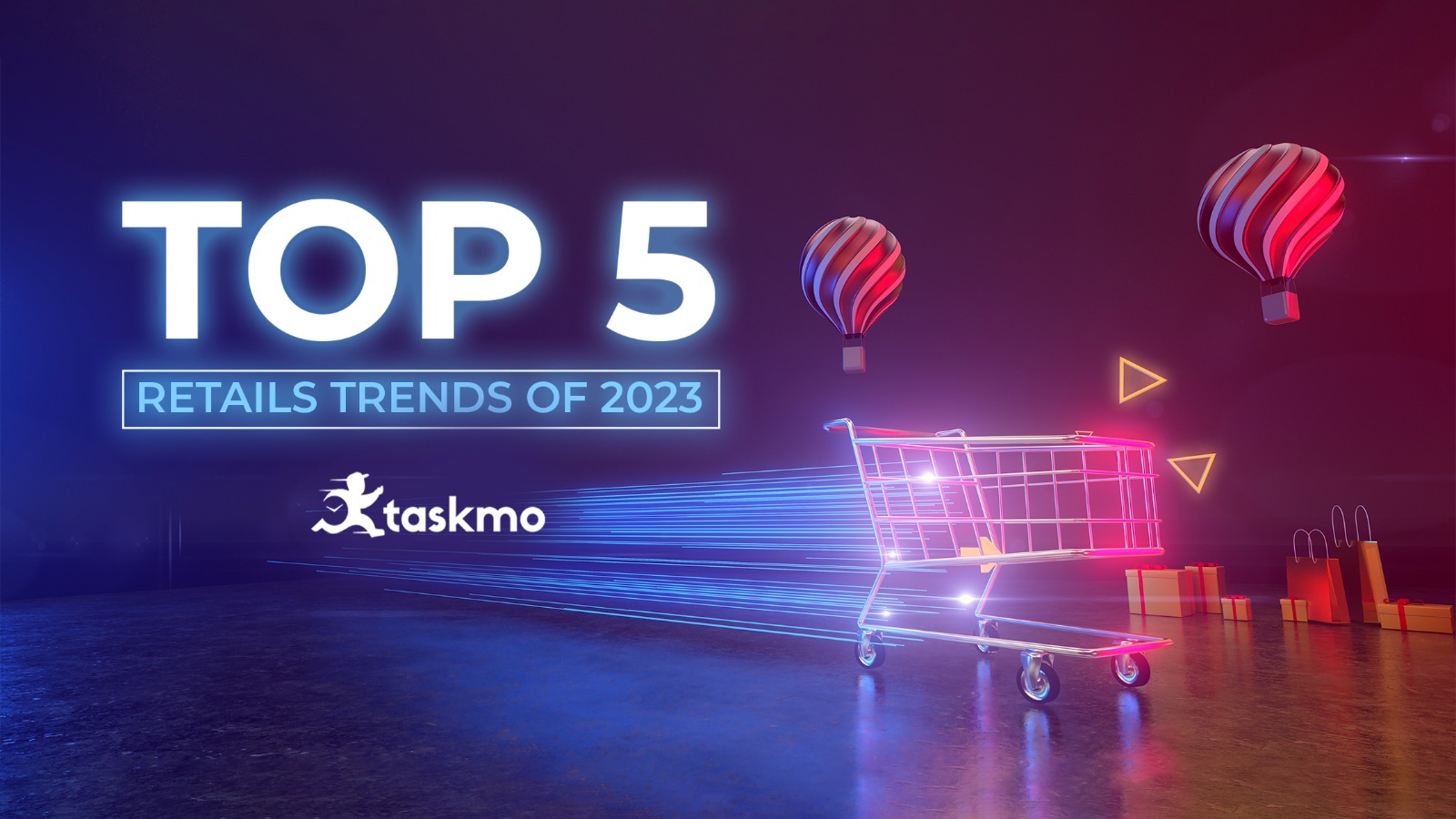The Indian retail sector, the fifth-largest retail market in the world, is experiencing a significant technological transformation due to evolving customer behaviour. Buyers have embraced alternate shopping channels and a wide range of things they may purchase online; shopping has become increasingly technological. Hence, retailers are developing creative solutions to meet changing demands while predicting future tastes and trends as technology profoundly impacts consumer purchases. Thus, retailers are revamping their business strategies by innovating their brand narratives, adopting state-of-the-art retail technologies, as well as experimenting with product developments following their brand equity to remain competitive.
Top 5 trends that retailers are using in 2023 to stay competitive
1) Omnichannel strategy
Omnichannel strategy in the retail industry is emerging as a significant trend in 2023 as consumers have increasingly started interacting with retail firms across many platforms. In this new age of instant gratification, modern customers demand a seamless omnichannel journey with 24/7 customer service and tailored communication. Thus the retailers are leveraging the omnichannel approach to seamlessly integrate online and offline channels, offering a uniform and well-rounded customer experience.
Furthermore, since the omnichannel strategy connects a business’ interfaces—including physical stores, social media, websites, email, and mobile—it allows customers to travel freely across different channels without hitting roadblocks. Retailers have thus begun to use this technique by integrating their online and physical platforms, offering a variety of delivery alternatives, and streamlining branding and marketing across all touchpoints. Thereby enhancing customer experience and increasing sales.
2) Experiential Retail
Retailers are incorporating experiential retail strategies to make shopping more intriguing and unforgettable as consumer expectations rise. As a result, retailers utilise features like cutting-edge technology, unique in-store services or events, and adept employees to create memorable in-store experiences that promote brand loyalty by integrating entertainment aspects into the retail environment.
Retailers have begun to include disruptive technologies to provide customers with a more tailored experience. For instance, fashion retail brands utilise linked clothes racks, touch-screen-enhanced mirrors, and sign-in kiosks to offer augmented retail solutions that provide immersive, engaging, and sharing experiences. As a result, the experiential retail strategy gives the retailer a competitive edge by enabling customers to have a seamless in-person experience that fuses the best buying attributes with the speed and convenience of online shopping.
3) Sustainability
Retailers are increasingly focusing their strategy and efforts on responsible and sustainable growth. Hence, they are reassessing the sustainability claims of their products and their entire brand to appeal to a growing number of eco-conscious consumers. Thus, retailers have begun to provide eco-friendly products, reduce waste, and apply sustainable business practices. Ecologically friendly items are made from renewable resources, have reusable or biodegradable designs, and are created using environmentally sound production techniques.
Retailers are carefully deciding on the major sustainability themes that will guide their operations and prioritising the initiatives most likely to have an immediate and long-term impact. For example, implementing sustainable business practices such as renewable energy sources, energy-efficient systems, and sustainable transportation practices, as well as lowering waste production through recycling programmes, reducing packaging, and finding creative ways to reuse or repurpose materials.
4) Supply-chain management
Retailers are adjusting and enhancing their supply chain management in response to global inflation and trade conflicts to ensure a steady and dependable flow of goods. For instance, expanding supply chain sources helps guarantee that items are accessible even if one supplier encounters setbacks or interruptions and reduces the risk of disruption from a single supplier. Retailers are also increasingly implementing automation and artificial intelligence to improve their supply chains and optimise operations while providing visibility. For example, the retail industry is integrating systems allowing real-time tracking and analytics to track shipments and orders’ progress.
5) Blockchain Technology
Blockchain, an emerging disruptive technology, is becoming significant in supply chain management in the retail industry since retailers aim to improve their operations’ transparency, security, and efficiency. It involves decentralised peer-to-peer (P2P) transactions, for example, money or digital assets transfer, that a single centralised institution does not regulate. Additionally, blockchain enables the database to keep a complete record of each transaction and is accessible to the public. It is perfect for tracing the flow of items along the supply chain since it enables a secure and tamper-proof record of transactions and data.
Conclusion:
For best merchant onboarding service connect with taskmo. According to industry reports, the retail market is predicted to reach USD 2 trillion by 2032, up from USD 690 billion in 2021, enabling the organised retail sector to develop at a CAGR of 25%. As a result, retailers must adopt the new trends that have evolved with changing customer expectations and take the lead in their respective industries. Therefore, it is imperative for the retail sector to comprehend retail and incorporate these trends into the operational strategy to stay ahead of the curve. This may be accomplished by utilising cutting-edge technologies and inventive retail models to produce growth across several distribution channels. In the cutthroat retail market, successful merchants will be those who can foresee and adopt these emerging trends.
















